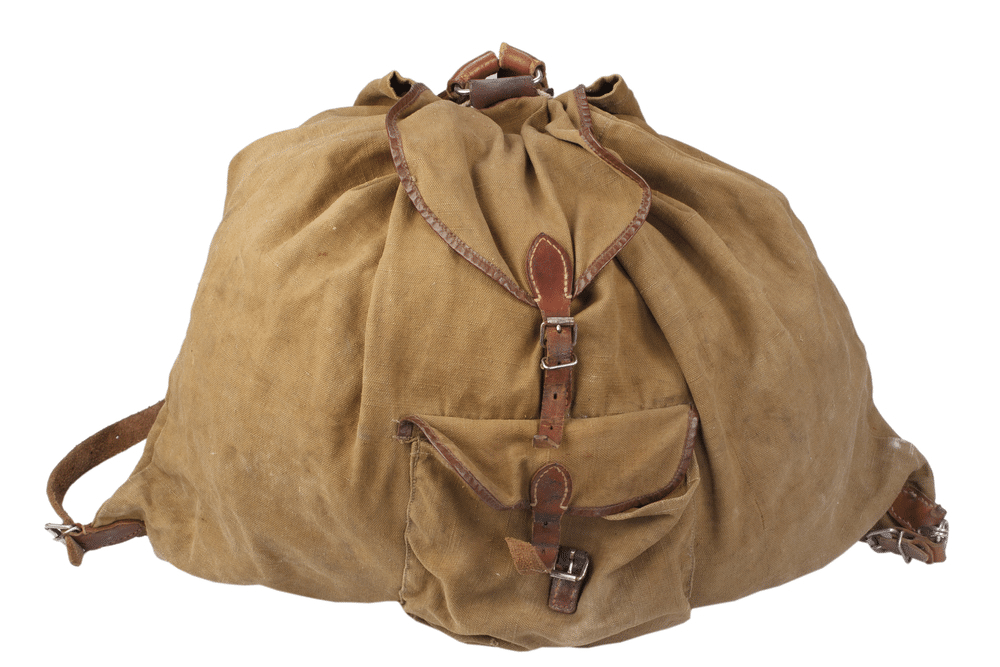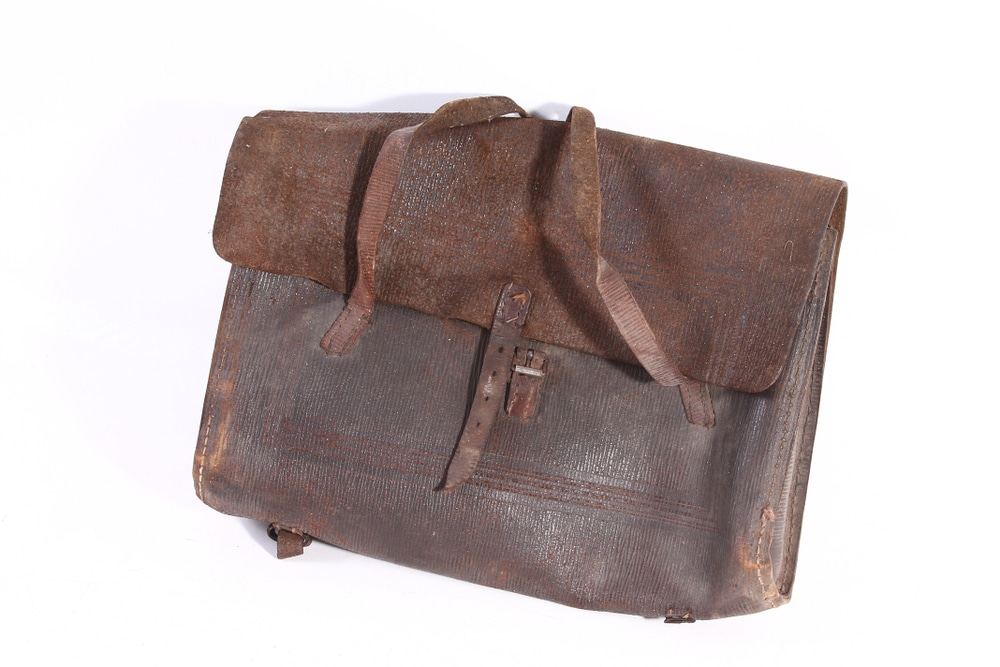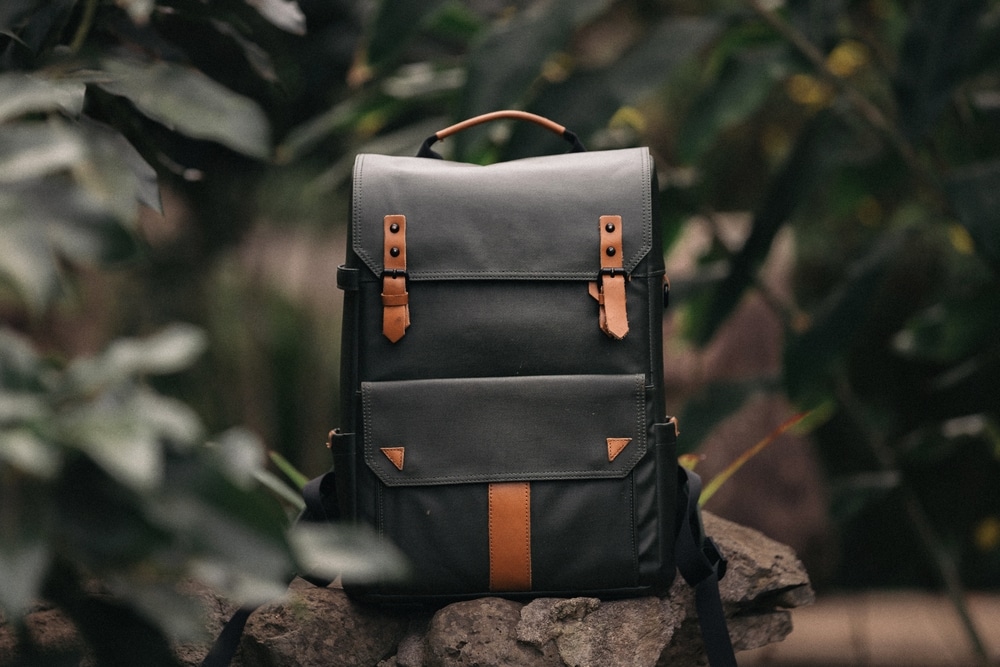Table of Contents
The history of backpacks is deeply intertwined with the human need for mobility and practicality. Over the centuries, the backpack has evolved from simple carrying devices made of natural materials to the highly functional and diverse designs we see today. The origin of backpacks can be traced back to ancient times when early humans created some rudimentary designs to carry their belongings. However, with the passage of time, backpacks have evolved to such an extent that today’s modern backpacks are entirely different in shape, form, and design from those early backpacks. In this article, we will explore the major milestones in the history of backpacks and those who contributed to the innovations and creation of modern-day laptop backpacks, camera backpacks, and carry-on backpacks for easy travel.
Early History Of Backpacks

The history of backpacks traces back to the original designs, which were simple and utilitarian, made from plant materials and animal hides. These early backpacks were humans’ simple carrying devices to move food, tools, and other necessities. These early forms of framed backpacks were essential for survival, allowing people to move efficiently with free hands.
The Contribution of Trapper Nelson
The invention of the Trapper Nelson pack marked a turning point in the history of backpacks. The design, created by Lloyd F. Nelson in 1920, featured a wooden framed structure that distributed weight more effectively, making it popular among outdoor enthusiasts. The Trapper Nelson, one of the earliest mass-produced backpacks, marks a significant turning point in backpack history.
Military Influences
During World War II, the need for efficient and durable carrying solutions led to innovations in backpack designs. The military developed packs using lightweight materials such as parachute cloth. These advances played a major role in the history of backpacks by creating the modern backpacks we use today. Soldiers required packs that could withstand harsh conditions and heavy loads, creating more robust and functional designs.
The Contribution of Cunningham
The 1950s marked a significant year in the history of backpacks when Gerry Cunningham revolutionized backpacking by introducing the internal frame backpack. Cunningham’s design moved the support structure inside the pack, providing better comfort and balance than the previously popular exterior frame packs. This innovation advanced the invention of the backpack, which attracted hikers and climbers in particular.
Backpacks for School and Daily Use

The 1960s and 1970s era in the history of backpacks saw the rise of school backpacks as students began to use them to carry their books and supplies. Early school backpacks were made of cheap materials and frequently lacked features like zippers and shoulder straps. However, as demand increased, producers started to include these features, coming up with the zippered backpack and sternum straps for extra support.
Contemporary Backpacks

The contemporary backpack started to take shape in the late 1800s.The innovations and creation of backpacks led to the creation of modern-day laptop backpacks, camera backpacks, and carry-on backpacks designed for specific needs and purposes.
- Jim Coudal established the Kletterwerks brand in the 1970s, and it was one of the first to manufacture sturdy, useful backpacks for outdoor sports.
- However, Greg Lowe is often credited with significant contributions in the history of backpacks regarding the development of the modern hiking backpack in the 1960s. When Greg Lowe developed Lowe Alpine Systems, he introduced innovations like the internal frame backpack, improving hiking comfort and efficiency.
Modern Innovations in Backpacks
Backpack designs saw major improvements in the 1980s and 1990s.
- They became more functional by adding materials like sheet metal for increased durability and creating specialty packs like the hydration pack for cyclists and runners.
- Today, backpacks are made for a variety of uses, including traveling, hiking, and camping.
- With the advent of technology, modern-day backpacks have evolved to accommodate laptops, tablets, and other electronic devices.
- Many contemporary backpacks now have common features like USB charging connections, padded sections, and anti-theft designs, which have become standard in many modern backpacks.
The Timeline of the History of Backpacks

Ancient Times
The earliest period in the history of backpacks marks the use of materials like animal hides and plant fibers to make backpacks.
1920s
Trapper Nelson designed the wooden framed pack, one of the first mass-produced backpacks, popular among outdoor enthusiasts.
1930-1940s
During World War II, the military develops backpacks using parachute material and other durable fabrics, influencing future backpack designs.
1950s
Gerry Cunningham introduced the internal frame backpack, a major innovation that provides better balance and comfort than external frame packs.
Explore the best internal frame backpacks that are comfortable and functional to carry on.
1960s-1970s
School backpacks have gained popularity for students to carry their books. Early models evolve to include shoulder straps and zippered backpacks.
1980s-1990s
Introduction of sheet metal for added durability, development of hydration packs, and increased focus on specialized backpacks for various activities.
2000s-Present
Modern backpacks incorporate features like padded compartments, USB charging ports, and anti-theft designs, catering to tech-savvy users and various lifestyles.
Conclusion
From ancient tools to modern essentials, the backpack has undergone a remarkable evolution. The history of backpacks and their evolution over time is evidence of human adaptation and inventiveness. Backpacks have continuously changed to cater to human needs. The earliest backpacks were made with the early timber-framed packs used by hunters and continue with today’s internal-frame backpack designs. Individuals like Trapper Nelson and Gerry Cunningham have been essential contributors to the history of backpacks. So, the next time you adjust the shoulder straps or use your zippered backpack, remember the rich history of backpacks.
